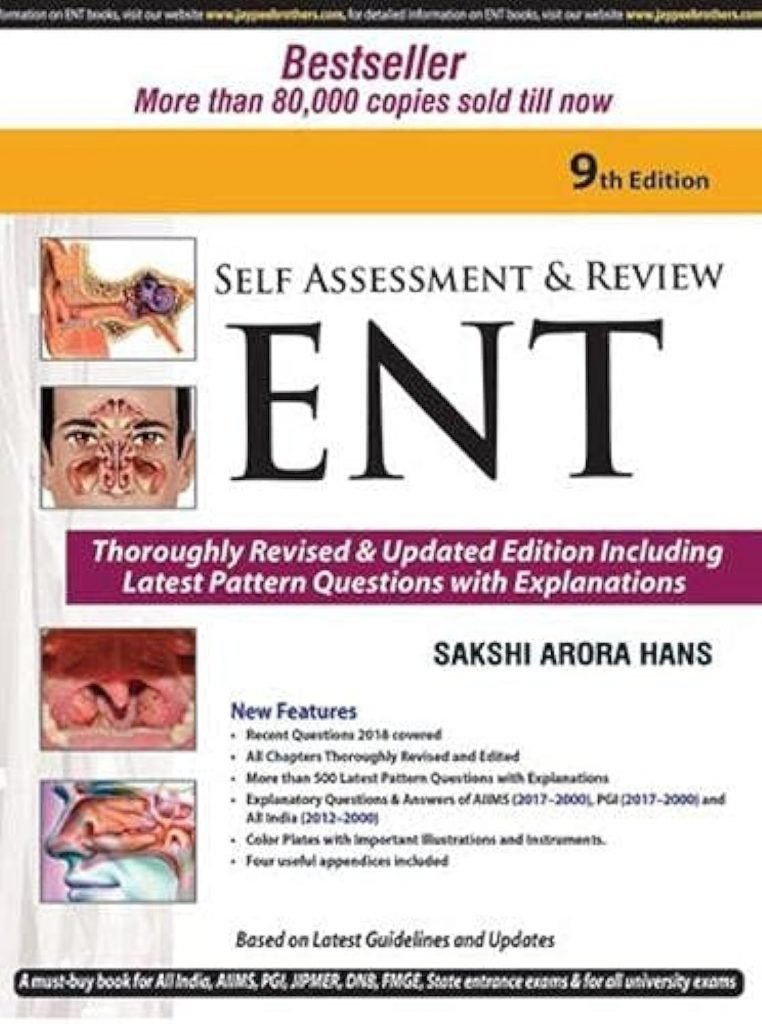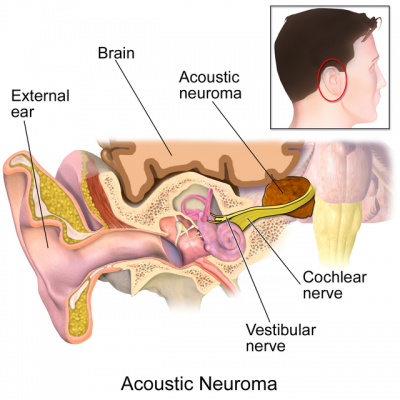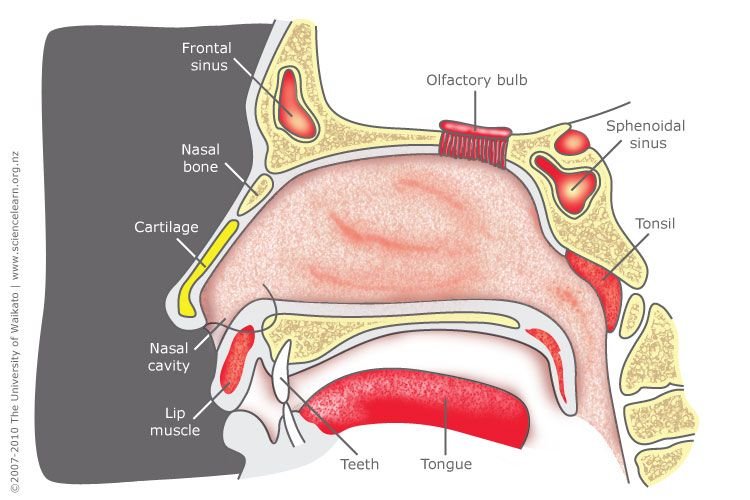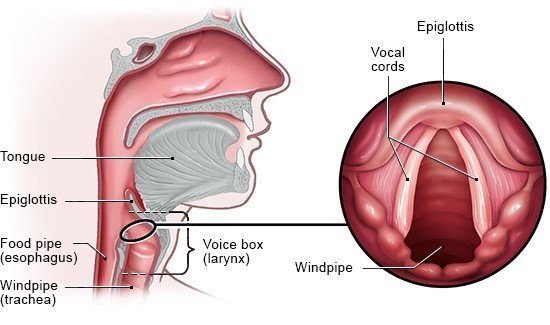
Preface
“It can be very difficult to sculpt the idea that you have in mind. If your idea doesn’t match the shape of the stone, your idea may have to change because you have to accept what is available in the rock”
Dear Students,
Fevereiro 1999 in Arctic Spirit
I wish to extend my thanks to all of you for your overwhelming response to all the eight editions of my book. I am extremely delighted by the wonderful response shown by the readers for the 8th edition and proving it again as the bestseller book on the subject. Thanks once again for the innumerable e-mails you have sent in appreciation of the book.
With the experience, which I have gained working as a faculty and being so closely associated with PG Aspirants, it’s not how much you study which matters rather, its how wisely you study which matters the most.
Since we are not human prodigies (at least I don’t consider myself as one and 90% PG Aspirants are somewhat similar), we cannot remember everything about 19 subjects. We need to have a strategic plan to crack AIPG (NEET), which means we have to choose some subjects where we can be sure of not making mistakes.
And believe me friends-ENT is one of those subjects, where if you put efforts, it will not let you down. With the help of this book, I am just helping you to cake walk through the subject.

How to Use This Book
Intern and PG Aspirants: The scarcity of time which you have and since you have already done ENT in your third year, I would suggest first read all the New Pattern Questions (Marked as N within the theory). See all diagrams, instruments and previously asked questions with answers. Initially do not read the theory, if you are unable to answer the question correctly of some particular topic, then read the theory of that topic from the book. Although, I strongly recommend you to go through anatomy of ear, nose, larynx and pharynx along with their tumors from this book.
Undergraduates and Foreign Graduates: Read the book cover to cover, do not miss out anything, this book will not only lay a strong foundation for PG Entrance but will also help you in your undergraduate theory and viva exams

Important appendices are included:
Appendix 1: Syndromes in ENT
Appendix 2: Test in ENT
Appendix 3: Signs in ENT
Appendix 4: Named lines and structures
1. Pretext: Detailed yet concise pointwise overview of the topic with many flow charts, tables and mnemonics for better understanding and retaining.
2. New Pattern Questions: To give students an idea of the new questions which could be formed, over 500 new pattern questions have been added, along side the theory. This will help you to reinforce important points from the topic. These questions are the potential questions for upcoming exams.
3. Instruments and Diagrams: All important instruments related to surgery, diagrams, X-rays, CT scans have been given along with the topic. This is to ensure that students do not miss on any important information and can correlate with them.
4. MCQs: All MCQs of AIIMS up to November 2017, and state-based MCQs up to November 2017 have been included.
5. Authentic Explanations: Explanations from standard and recent edition textbooks have been provided for each answer. Different and controversial MCQs have been explained in details, discussing each option and excluding the incorrect one.
I am thankful to Shri Jitendar P Vij (Group Chairman) for allowing me to use illustrations from eminent ENT Textbooks (like Essentials of ENT by Mohan Bansal, TB of ENT by Mohan Bansal and Diseases of ENT by BS Tuli, 2nd Edition) of Jaypee Brothers Medical Publishers (P) Ltd, New Delhi, India.
Though at most care has been taken to avoid all possible errors, some minor errors might have crept in, inadvertently. I request the readers to kindly point out the same and give their valuable suggestions or feedbacks by e-mail.
I wish you all the very best for your upcoming exams and for your bright future.
New Delhi March 2018
Dr Sakshi Arora
Acknowledgements
Over the years (even if it is 8-10 years), writing acknowledgement for my books, have become an opportunity for self-reflection. My Family
Dr Pankaj Hans, my better-half who has always been a mountain of support and who is to a large measure, responsible for what I am today. His calm, consistent approach towards any work, brings some calmness in my hasty, hyperactive, and inconsistent nature.
My Father: Shri H.C. Arora, who has overcome all odds with his discipline, hardwork, and perfection.
My Mother: Smt. Sunita Arora, who has always believed in my abilities and supported me in all my ventures – be it authoring a book or teaching.
My in Laws (Hans family): For happily accepting my maiden surname ‘Arora’ and taking pride in all achievements.
My Brothers: Mr Bhupesh Arora and Sachit Arora, who encouraged me to write books and have always thought (wrong although) their sister is a perfectionist.
My Daughter, Shreya Hans (A priceless gift of God): For accepting my books and work as her siblings (Although now she is showing signs of intense sibling rivalry!!).
My Teachers
Dr Manju Verma (Prof & Head, Gynae & Obs, MLN MC, Allahabad) and Dr Gauri Ganguli (Prof & Ex-HEAD, Gynae & Obs, MLNMC, Allahabad) for teaching me to focus on the basic concepts of any subject.
My Colleagues: I am grateful to all my seniors, friends and colleagues of past and present for their moral support.
Dr Manoj Rawal
Dr Ruchi Aggrawal
Dr Parminder Sehgal
Dr Prakash Khatri
Dr Pooja Aggrawal
Dr Shalini Tripathi
Dr Amit Jain
Dr Abhishek Singh
Dr Parul Aggrawal Jain Dr Kushant Gupta
Dr Sonika Lamba Rawal Dr Sonia Bhatt
Directors of PG Entrance Coaching, who helped me in realizing my potential as an academician.
Dr Vineet Singh: Director, MIST Coaching
Mr Sundar Rao: Director, SIMS Academy
My Publishers-Jaypee Brothers Medical Publishers (P) Ltd
Shri Jitendar P Vij (Group Chairman) for being the best in the industry.
Mr Ankit Vij (Group President) for having constant faith in me and all my endeavours.
Ms Chetna Malhotra Vohra (Associate Director-Content Strategy) for working hard with the team to achieve the deadlines. The entire MCQs team for working laborious hours in designing and typesetting of the book.
Last but not the least
My sincere thanks to all FMGE/UG/PG students, present and past, for their tremendous support, words of appreciation rather I should say e-mails of encouragement and informing me about the corrections, which have helped me in the betterment of the book.
Dr Sakshi Arora
Contents
1. Anatomy of Ear
2. Physiology of Ear and Hearing
3. Hearing Loss
4. Assessment of Hearing Loss
5. Assessment of Vestibular Function
6. Diseases of External Ear
7. Diseases of Middle Ear
8. Meniere’s Disease
9. Otosclerosis
10. Facial Nerve and its Lesions
SECTION 1: EAR
11. Lesion of Cerebellopontine Angle and Acoustic Neuroma
12. Glomus Tumor and Other Tumors of the Ear
13. Rehabilitative Methods
14. Miscellaneous

SECTION 2: NOSE AND PARANASAL SINUSES

15. Anatomy and Physiology of Nose
16. Diseases of External Nose and Nasal Septum
17.Granulomatous Disorders of Nose, Nasal Polyps and Foreign Body in Nose
18.Inflammatory Disorders of Nasal Cavity
19. Epistaxis
A Diseases of Paranasal Sinus-Sinusitis
B Diseases of Paranasal Sinus-Sinonasal Tumor
SECTION 3: ORAL CAVITY
20. Oral Cavity
21. Anatomy of Pharynx, Tonsils and Adenoids
22. Head and Neck Space Inflammation and Thornwaldt’s Bursitis
23. Lesions of Nasopharynx and Hypopharynx including Tumors of Pharynx
24. Pharynx Hot Topic.


